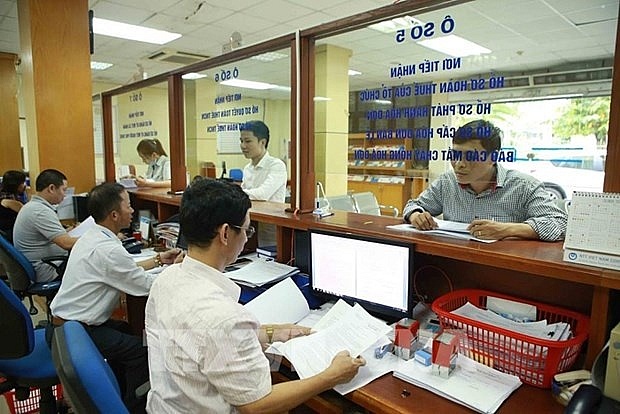Bad debts continue to soar at commercial banks
Bad debts continue to soar at commercial banks
The rate of bad debt is rising at commercial banks and is expected to increase further amid real estate market woes.

Deputy governor of the State Bank of Vietnam (SBV) Dao Minh Tu has said that bad debts are climbing for both credit organisations and the wider economy.
"It is an ongoing challenge to manage bad debts and banking activities will be seriously affected over the next few years," said Tu.
He said that the woes would be revealed more clearly as the ratio of on-balance-sheet bad debt continues to grow due to inflation and interest rate rises. At the end of 2022, bad debts were classified based on the groups of borrowers and economic issues like recovery and inflation curbing.
Can Van Luc, a member of the National Monetary and Financial Policy Advisory Council, said that on-balance-sheet bad debt could reach 2.3-2.5 per cent and gross bad debt could hit 6 per cent in 2023, rising into 2024. As the regulations on unchanged debt groups in Circular No.14/2021/TT-NHNN expire, economic recovery could suffer.
According to the SBV, at the end of 2022, the ratio of on-balance-sheet bad debt was 1.92 per cent. However, numerous banks have just released their business results for the last quarter and 2022 as a whole, showing that bad debts are increasing.
At NCB (National Citizen Commercial Joint Stock Bank), total outstanding loans to customers rose by 14.6 per cent compared to early 2022 because the bank classified bad and overdue debts.
Despite high profits, VPBank reported high bad debts (including FE Credit) at 4.73 per cent. While that of the parent bank was only 2.19 per cent, debts in group 4 (suspected) and group 5 (able to lose) both rose on-year.
Bad debts will increase in 2023 with the real estate market facing issues as the industry debts make up 30 per cent of total borrowing at most banks. Moreover, the collateral for the loans is usually real estate, which is either frozen, reduced in price, or less liquid. In addition, factories and machinery are harder for banks to liquidate to recover capital.
The size of bad debts and the cost of credit at various banks will be different based on how the bank set aside provisions and the financial resilience of borrowers. According to securities company VNDirect, the big problem is that businesses are struggling with liquidity, especially small- and medium-sized enterprises. High-interest rates will affect debt repay capacity and affect the bank's asset quality in 2023.



















